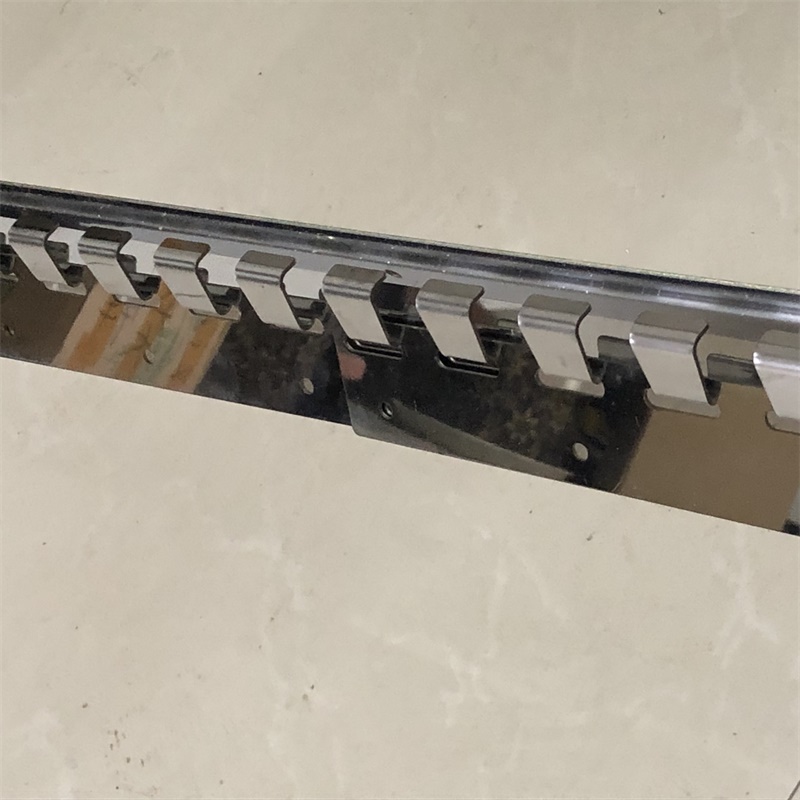- Afrikaans
- Albanian
- Amharic
- Arabic
- Armenian
- Azerbaijani
- Basque
- Belarusian
- Bengali
- Bosnian
- Bulgarian
- Catalan
- Cebuano
- Corsican
- Croatian
- Czech
- Danish
- Dutch
- English
- Esperanto
- Estonian
- Finnish
- French
- Frisian
- Galician
- Georgian
- German
- Greek
- Gujarati
- Haitian Creole
- hausa
- hawaiian
- Hebrew
- Hindi
- Miao
- Hungarian
- Icelandic
- igbo
- Indonesian
- irish
- Italian
- Japanese
- Javanese
- Kannada
- kazakh
- Khmer
- Rwandese
- Korean
- Kurdish
- Kyrgyz
- Lao
- Latin
- Latvian
- Lithuanian
- Luxembourgish
- Macedonian
- Malgashi
- Malay
- Malayalam
- Maltese
- Maori
- Marathi
- Mongolian
- Myanmar
- Nepali
- Norwegian
- Norwegian
- Occitan
- Pashto
- Persian
- Polish
- Portuguese
- Punjabi
- Romanian
- Russian
- Samoan
- Scottish Gaelic
- Serbian
- Sesotho
- Shona
- Sindhi
- Sinhala
- Slovak
- Slovenian
- Somali
- Spanish
- Sundanese
- Swahili
- Swedish
- Tagalog
- Tajik
- Tamil
- Tatar
- Telugu
- Thai
- Turkish
- Turkmen
- Ukrainian
- Urdu
- Uighur
- Uzbek
- Vietnamese
- Welsh
- Bantu
- Yiddish
- Yoruba
- Zulu
Welding Techniques for Installing PVC Curtains Effectively and Safely
The Art and Science of Welding PVC Curtains
In industrial and commercial environments, maintaining a clean and organized workspace is crucial. One of the effective solutions for achieving this is by using PVC curtains. These flexible barriers not only help in maintaining temperature and controlling dust but also enhance the safety and efficiency of operations. However, the installation and maintenance of PVC curtains often require welding techniques to ensure durability and resilience. This article delves into the process of welding PVC curtains, highlighting its significance and the techniques involved.
Understanding PVC Curtains
PVC curtains are made from polyvinyl chloride (PVC), a versatile plastic known for its flexibility, strength, and resistance to various chemicals. In environments like warehouses, factories, and food processing areas, PVC curtains serve multiple purposes. They act as a barrier against contaminants, regulate airflow, and even aid in temperature control, making them indispensable in many sectors.
The Importance of Welding in PVC Curtains
Welding is a crucial process in the manufacturing and installation of PVC curtains. The durability of these curtains largely depends on the quality of the welds. Poorly welded seams can lead to issues such as tearing, leaks, and inefficiencies in temperature control. Therefore, proper welding techniques are essential for ensuring that the curtains can withstand wear and tear in high-traffic areas.
Types of Welding Techniques
There are several welding methods that can be employed when working with PVC curtains, and each has its own set of benefits
1. Hot Air Welding This method involves using a hot air welder to melt the edges of the PVC sheets before pressing them together. It produces strong and flexible seams that are resistant to tearing. Hot air welding is particularly beneficial for larger installations where a continuous, uniform seam is necessary.
2. Ultrasonic Welding A more advanced technique, ultrasonic welding utilizes high-frequency sound waves to create heat and bond the PVC material. This method is fast and efficient, producing clean seams without the need for additional adhesives. It's an ideal choice for intricate designs and smaller parts of curtains.
welding pvc curtain

3. Radio Frequency (RF) Welding RF welding employs electromagnetic energy to heat the PVC sheets at specific points, sealing them together. This technique is excellent for producing watertight seams, making it suitable for industries requiring strict hygiene standards.
Factors to Consider When Welding PVC Curtains
When undertaking the welding of PVC curtains, several factors need to be considered to ensure a successful outcome
- Material Thickness PVC curtains come in various thicknesses. Thicker materials may require higher temperatures and more time to weld compared to thinner ones.
- Environmental Conditions Welding in inappropriate temperature and humidity conditions can affect the quality of the welds. It is best to perform welding in a controlled environment.
- Preparation of the Edges Properly cleaning and preparing the edges of the PVC sheets is crucial. Any dirt or debris can weaken the weld and lead to failure.
- Equipment Quality Using high-quality welding machines is essential for achieving strong and reliable seams. Investing in good equipment pays off in the long run by reducing maintenance and replacement costs.
Conclusion
Welding PVC curtains is an essential skill that greatly influences their performance and longevity in various environments. By understanding the welding techniques available and the factors that affect the process, manufacturers and installers can ensure that the curtains serve their intended purpose effectively. As industries continue to prioritize safety, efficiency, and cleanliness, the demand for well-welded PVC curtains will only grow. Mastering the art of welding PVC curtains is not just a technical skill but a vital part of enhancing productivity and maintaining a safe and efficient workspace.
-
Magnetic Thermal Door Curtains Energy-Saving & Insect-ProofNewsMay.19,2025
-
Klare PVC Türleisten Durable, Transparent & Waterproof Door StripsNewsMay.19,2025
-
PVC Strip Curtains Durable Faltvorhang & Türrollen aus PVCNewsMay.19,2025
-
Industrial & Commercial Freezer Curtains Energy-Saving Cold Storage SolutionsNewsMay.18,2025
-
Clear Garage Door Curtains Durable, Energy-Saving PVC Strip SolutionsNewsMay.18,2025
-
China Style Curtains Hangers - Durable & Elegant Home Decor SolutionsNewsMay.18,2025



